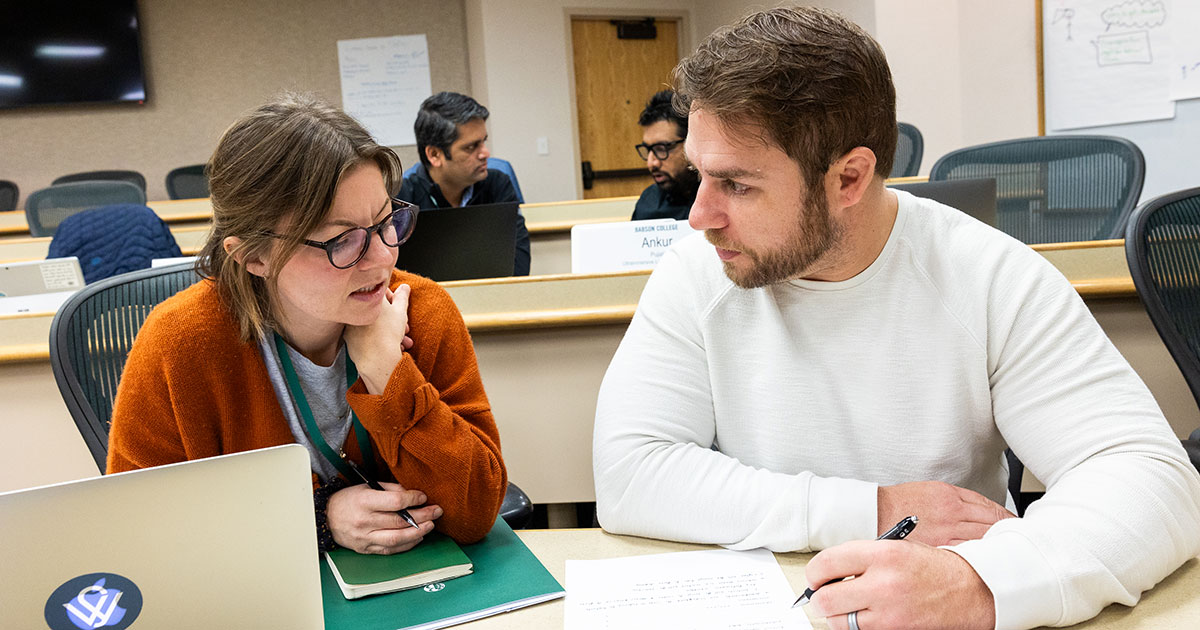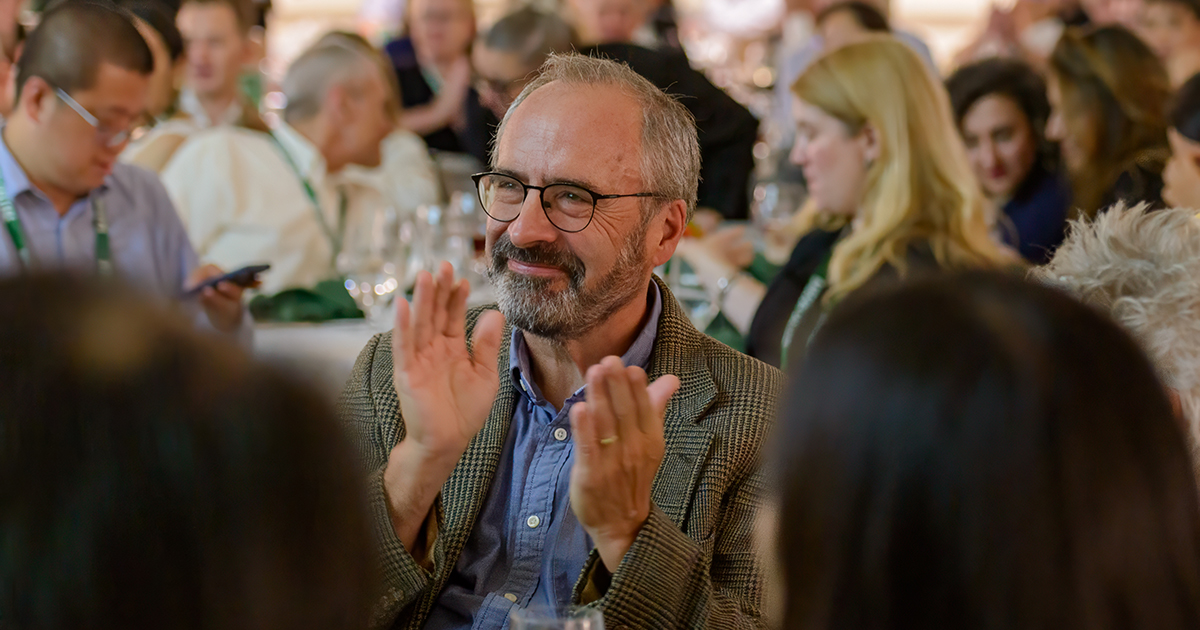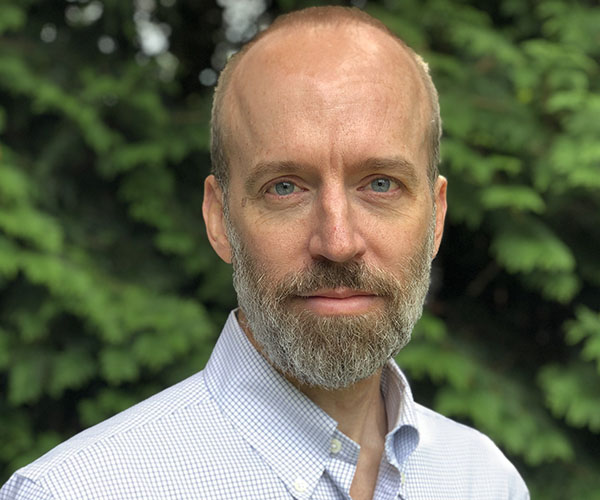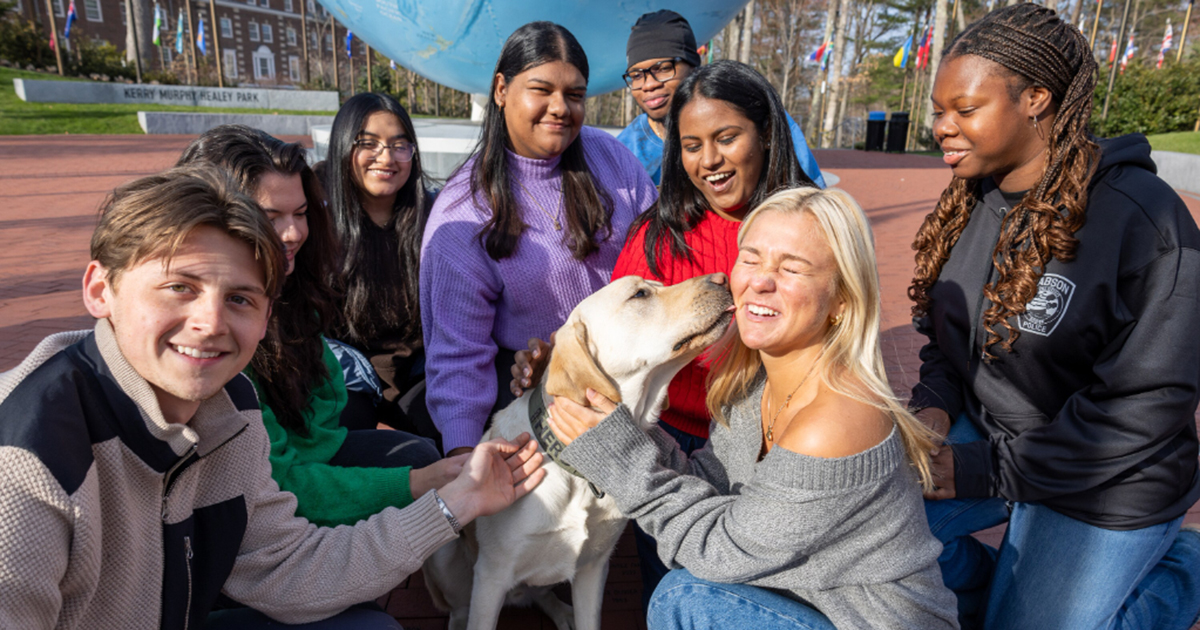Social Intrapreneurship: A Conversation with Cheryl Kiser and Kevin Thompson
The term Social Intrapreneurship has been cropping up lately. The Ashoka Changemakers announced a League of Intrapreneurs in September, universities are studying the practice, and intrapreneurs at companies as diverse as Ford, Nestle, Intel, Dell, and Kraft have attracted attention in the business press. We asked Cheryl Yaffe Kiser, director of Babson’s Lewis Institute, and her guest Kevin Thompson, senior manager at IBM’s Center for Applied Insights, to discuss the growing movement of social innovation that is taking place within corporations.
What is Social Intrapreneurship?
Kevin Thompson: It’s using the power of corporations, which excel at value creation, to create economic and social value simultaneously. If you go after just societal value without economic value, you have to be subsidized by the business, and that’s not sustainable. If you create economic value without societal value, your value proposition will weaken in today’s marketplace. Social innovation happens when you mix those two together.
Cheryl Kiser: Social Intrapreneurs are employees who understand how to make things happen with the resources they have, to reconfigure traditional relationships and working methods, creating strategy for both social and commercial success.
Is this Corporate Social Responsibility (CSR) by another name?
CK: Corporate Social Responsibility today is table stakes. It is compliance with the law and with shareholder expectations. Today, the issue is Corporate Social Relevance. To be socially relevant, a company needs employees who create innovations that work both commercially and socially.
KT: Historically, CSR departments were philanthropic; they wrote checks to good causes, typically located in communities near corporate facilities. They were a face to the community—an important but niche role. The CSR specialist typically had a nonprofit background. CSR programs were not entrepreneurial.
Why should corporations care about social innovation? Isn’t writing a check enough?
KT: Today, a company’s business proposition and societal value proposition have merged. It turns out that there’s an incredible need for technological innovation in the way we address, for example, global issues like water. As Peter Drucker said, “Every social issue is a business problem in disguise.”
Every social issue is a business problem in disguise.
– Peter Drucker
Two business conditions promote social innovation in global markets: First, the newest generation in the workforce really cares about the value of their work. To get top talent you have to have a societal value proposition as a corporation. Second, corporations want to do business in emerging markets because there are double-digit growth opportunities there, but global corporations have a terrible history of exploitation in emerging markets. For local leaders to get a public vote of confidence in doing business with corporations, there needs to be some tacit acknowledgement that the corporation is there to do more than just make money.
Kevin, you created a Social Intrapreneurship program at IBM. What was the opportunity?
KT: IBM needed a new cadre of leaders who understood how the world works in a very different way, to reach those double-digit markets. We didn’t have any models to develop leaders for this new era. We didn’t have a societal value proposition. We didn’t even know who understood some of these markets.
Furthermore, sending senior executives to study emerging markets is hugely expensive—business class travel, private car, four-star hotel, conference room, then go back home—and doesn’t get them close enough to the culture.
I had been a Peace Corps volunteer in Africa. All of a sudden a light bulb went off in my head: “We should start a Peace Corps for corporations.” IBM’s Corporate Service Corps (CSC) model is different from business travel. People live in small hotels, take local transportation, eat like locals, and work with nonprofits, entrepreneurs, government agencies, universities, basically anyone who could be characterized as an underserved organization or an organization that could never afford IBM services. And, we would connect employees’ personal values with the need to build relationships and understanding of emerging markets. In the first year, we had 5,000 applicants for 100 positions.
Here’s a typical story: We worked in the state of Cross River, Nigeria, for a year. The governor, a very progressive and courageous man, had a $25 million initiative from the World Bank to bring health care services to rural communities in his state. There were huge technology issues. For example, people don’t have formal identity documentation like a driver’s license or a passport, so how do you track their progress? We worked on the technology.
Two team members, a Belgian guy named Tim van den Heet and a Swedish woman named Mat Osiki got to know the governor personally. One night, he shared his whole vision for Cross River State, and said, “I want IBM back here to run this (World Bank) program as a business proposition. I trust you. You eat like Nigerians, you live like Nigerians, come work with us.” So, we signed our first services deal in all of West Africa.
What does this have to do with Babson?
CK: I’m more concerned with having Kevin Thompson come in here and share who he is as an individual, than I am with having students analyze everything about his program. I want the class to actually struggle together to figure out the meaning of social intrapreneurship for themselves. When they leave Babson, many of our most entrepreneurial students will join corporations, and that struggle will give them a way to express themselves and take action in the organizations that they join.
As more corporations come to the belief that their core business should produce both social good and profit, insiders are gaining the ability to leverage the power of the modern organization to create value in more than monetary terms. It’s not a zero-sum game; when better management of water means business for IBM, the alignment of human and financial improvement accelerates both.
Posted in Entrepreneurial Leadership






